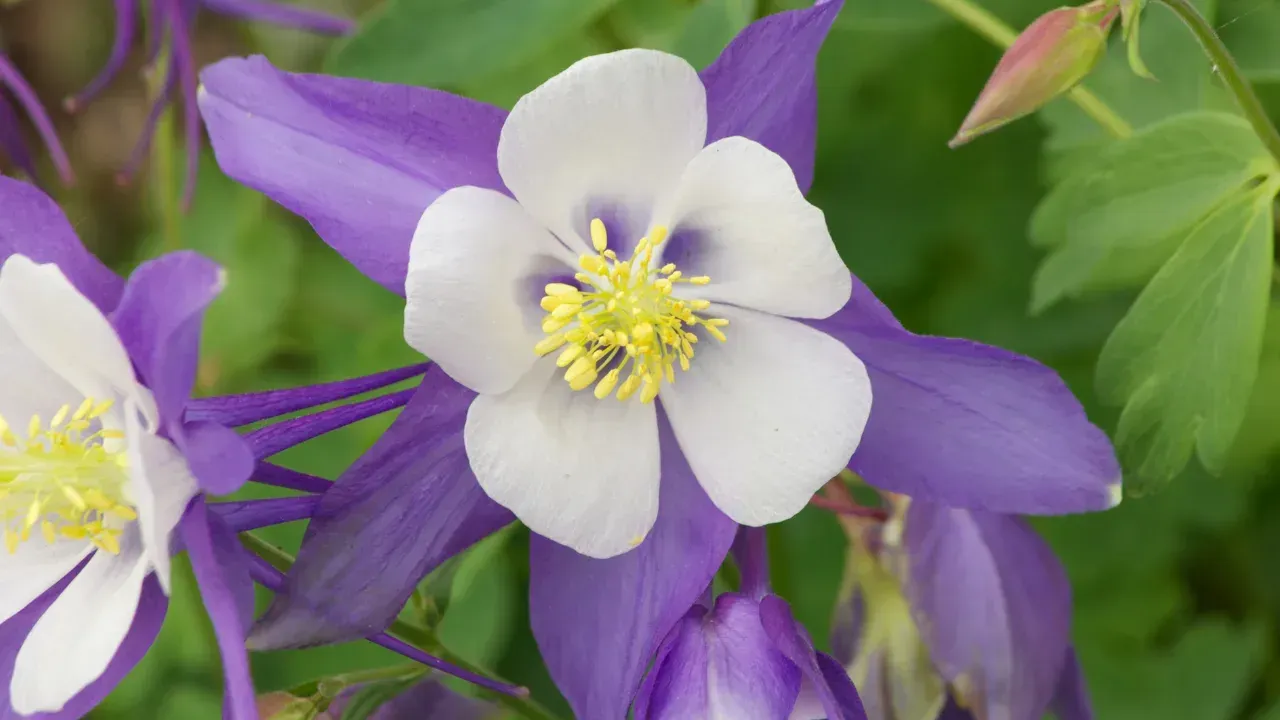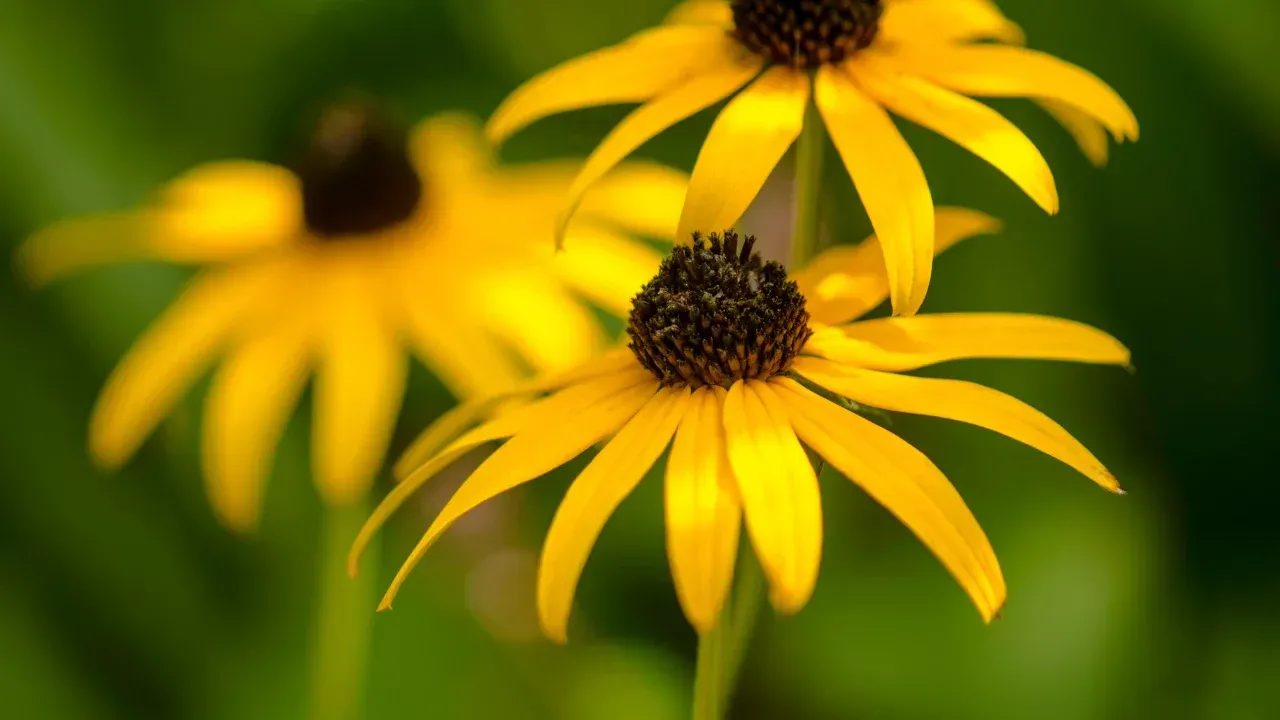Creating a Low-Maintenance Garden in Westminster, CO
Gardening is a relaxing and enjoyable activity, an opportunity to unwind and connect with nature. Yet many gardens easily become daunting with endless maintenance, especially in Colorado's tough climate. At Westminster Landscaping, we've assisted hundreds of homeowners turn their yards into gorgeous low-maintenance gardens. In this guide, we'll show you how to develop your own low-maintenance landscape—saving you time and effort, eliminating stress and encouraging sustainability.
Planning Your Low-Maintenance Garden
Picking the Right Location
The starting point for a low-maintenance garden is choosing the best site. The varied and volatile nature of Colorado’s weather requires thoughtful attention to sunlight exposure and shade and shelter from wind.
Monitor your garden during the course of a day, identifying areas that receive full sun (direct sunlight for six or more hours per day), partial shade (three to six hours of direct sunlight), and full shade (less than three hours of direct sunlight). Choosing spots that get sunlight and shade according to your plant's requirements automatically minimizes ongoing maintenance efforts.
Moreover, take into account wind protection from Colorado's strong and commonly drying winds during winter. Planting hedges, constructing fences, and even mounting lattice screens go a long way towards shielding your garden from adverse conditions and increasing plant survival. Strategically located structures and plantings have the ability to establish desirable microclimates, prolonging the growing season as well as promoting healthier plants.
Design for Simplicity
A simple and uncluttered design is essential in helping to minimize maintenance requirements. Strive for simple layouts with defined lines and edges, making it easier to mow, weed, and trim.
Raised garden beds work especially well because they keep weeds out and allow for improved drainage—essential in Colorado's heavy clays. Also, using geometric form and linear, sharp lines for paths, patios, and garden beds simplifies aesthetics and maintenance as well as access. Use edging material such as brick or stone to keep areas clearly defined and reduce invasive grass and weed spread.
Choosing Your Plants
Plant native species, those that actually grow natively in Colorado, for low-maintenance gardening. These species have adapted to local conditions and thus are flexible and hardy. They consume so much less water, grow without chemical fertilizer, and tend towards native pest and disease resistance. Adding native species to your garden is easy to maintain and also enhances local biodiversity and ecosystem health.
In-Depth Planting Directions
To plant native species, remove weeds and debris from the ground first. Dig a hole about twice as wide as the root ball and same depth as it is. Combine some compost or organic material with removed soil to nourish it. Settle the plant into the hole carefully so that its root crown (where the stem joins the roots) is level with the soil level. Backfill and firm carefully around the plant's base and water thoroughly to settle it in.
Here are some top native plants for your Westminster garden:

Rocky Mountain Columbine (Aquilegia caerulea):
Growth habit: The state flower of Colorado, it is a perennial that is 1-2 feet tall and produces dainty, spurred flowers in blue and white and yellow tones. Partial shade and well-draining moist soil is preferred.
Benefits: Attract unique flowers that welcome hummingbirds, bees, and butterflies to support pollinator health and biodiversity in ecosystems.

Blue Flax (Linum lewisii):
Growth Habit: Blue Flax is a perennial flower that grows to be around 18-24 inches high. It develops thin stems with small, vivid blue flowers that usually bloom in the mornings and close by early afternoon.
Advantages:
Loves sunny and dry climates, is a pollinator attractor with beneficial pollinators including bees, butterflies, and other beneficial insects, promoting biodiversity.

Black-Eyed Susan (Rudbeckia hirta):
Growth Habit: Grows 2-3 feet in height, bearing bright yellow daisy-like blooms with dark brown centers during the middle of summer through early fall.
Perks: Extremely drought-resistant and versatile in soil tolerance, it attracts many pollinators and offers seed for birds while increasing the biodiversity in your garden.

Blanket Flower (Gaillardia aristata):
Growth habit: Colorful perennials with a height of 12-18 inches and a width of 1-2 feet in spread. They flower exuberantly during the summertime with bright yellow, orange, and red blooms.
Advantages: Highly resistant to drought and great for attracting bees and butterflies. The flowers yield a prolonged nectar source and improve garden beauty as they sustain pollinators.
Perennials vs. Annuals
Perennials come back year after year and hence decrease yearly planting demands greatly. Such continuous growth saves effort, cost, and time while offering year-round beauty without annual replanting.
Popular low-maintenance perennials:
- Coneflower (Echinacea purpurea)
- Russian Sage (Perovskia atriplicifolia)
- Salvia (Salvia nemorosa)
- Daylilies (Hemerocallis)
Drought-Tolerant Options
Colorado's dry climate makes drought-friendly flora ideal options for low-care gardens.
Excellent drought-resistant options are:
- Sedums
- Yucca
- Ornamental grasses (Blue Oat Grass, Feather Reed Grass)
- Lavender (Lavandula angustifolia)
Hardscaping Elements
Nonliving features such as patios, walkways, retaining walls, and decorative rock are called hardscaping. Hardscaping significantly reduces lawn space and minimizes maintenance tasks such as mowing and watering to a great extent.
Popular hardscaping concepts are:
Stone or concrete patios for entertainment and relaxation
Stone or gravel paths for convenient access
Retention walls to handle slopes and improve soil holding capacity
Mulching and Ground Covers
Mulch and groundcover plantings work well to hold back weeds and keep moisture in the soil so that less frequent watering and weeding is required. Wood chips or bark mulch return nutrients to the earth as they compost.
Low-growing groundcovers that don't need much maintenance:
- Creeping Thyme (Thymus serpyllum)
- Creeping Jenny (Lysimachia nummularia)
- Sweet Woodruff (Galium odoratum)
Watering Solutions
Pump Installation
Using a water-efficient irrigation system such as soaker hoses or drip irrigation significantly reduces water wastage and makes it easy to maintain a garden. Drip irrigation sends water directly to plant roots, minimizing evaporation and water runoff. Having a rainwater harvesting system installed collects rainwater and offers a green, cost-saving watering alternative.
Picking the Right Time to Water
Water your garden during early morning or late evening to reduce evaporation. Deep and less frequent watering encourages healthy root growth, allowing the plants to withstand Colorado's droughts.
Maintenance Tips
Seasonal Maintenance Schedule
Low-maintenance gardens do need some season-by-season maintenance. Here’s an easy-to-follow plan for maintaining your garden year-round in good health and under control:
Spring:
- Trim perennials and ornamental grasses
- Replenish mulch layers
- Inspect and repair irrigation systems
Summer:
- Regularly remove weeds
- Examine plants for pest infestations
Fall:
- Cut back perennials as needed
- Rake leaves and incorporate into compost
Winter:
- Track plant health post-snow and wind
- Plan for structural changes and planting
Invest in high-quality gardening tools including ergonomic pruners, extended handle weeders, and garden carts to minimize strain and ease your work.
Embracing Natural Processes
Pursue natural gardening practices such as composting and integrated pest management. Composting yields nutrient-rich soil amendments that maintain healthy soil and decrease the demand for chemical fertilizers. Attract beneficial insects including praying mantises and ladybugs to inhibit pest infestations through controlled pest management and minimize pesticide use.
Having a low-maintenance garden in Westminster, CO, is as easy as it is desirable. With deliberate planning of your area, planting native and water-efficient flora, using effective hardscaping, making smart watering schemes, and performing easy seasonally-based maintenance, you can maintain a stunning, sustainable garden that only asks for minimal effort.
We at Westminster Landscaping love assisting you in developing outdoor living spaces that enrich your life. Don't forget, you don't need to completely transform your garden overnight. Take it step by step, implement these ideas over time, and appreciate the tranquility and elegance of your low-maintenance garden. Don't hesitate to call us with any queries or for one-on-one
landscaping assistance—we stand by and want to assist you at all times.